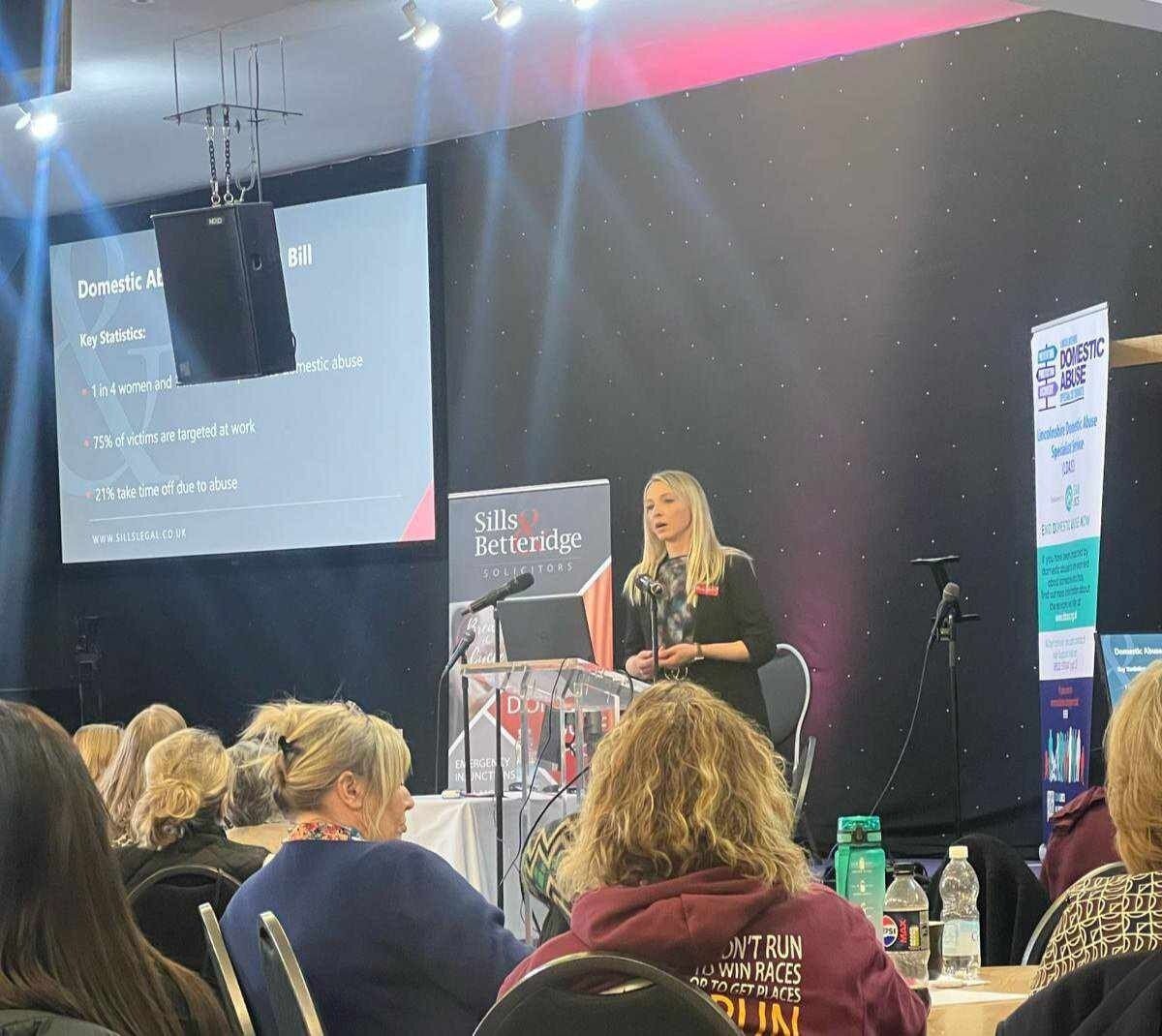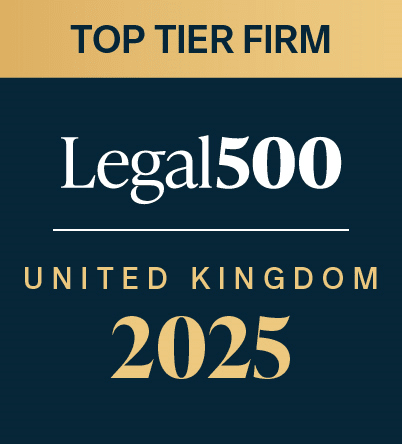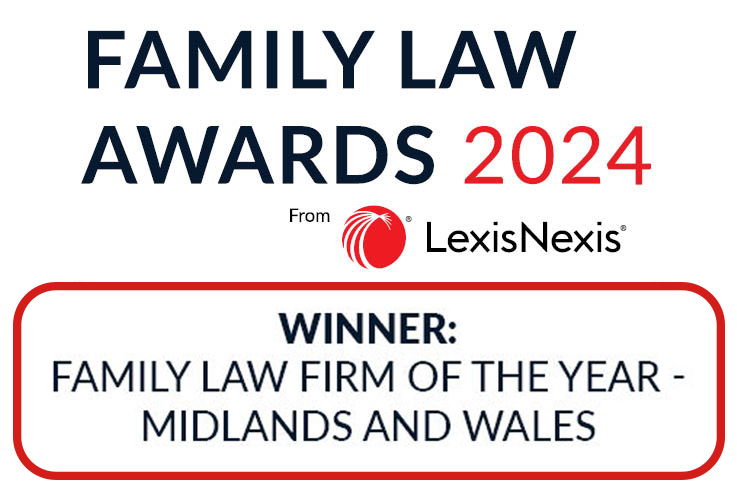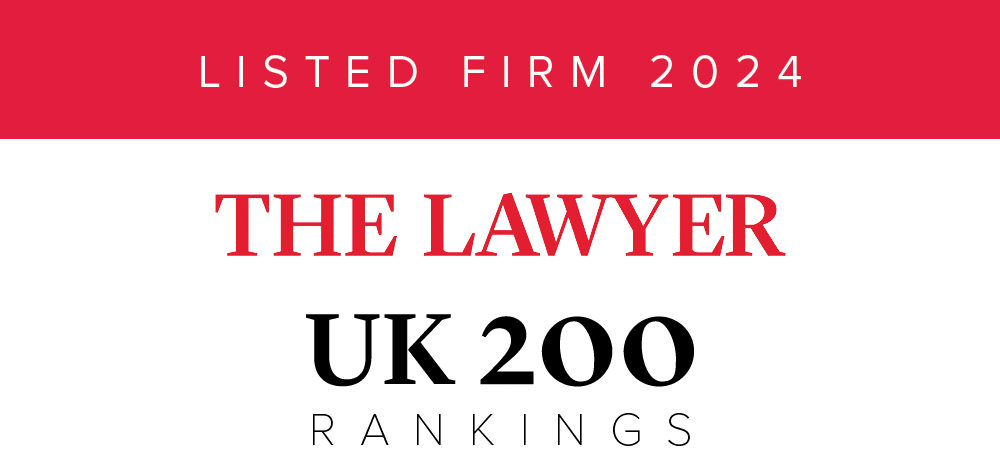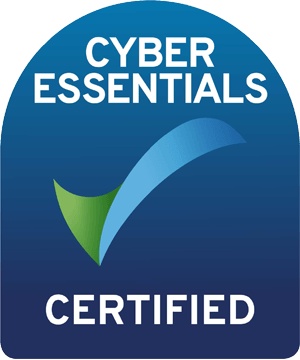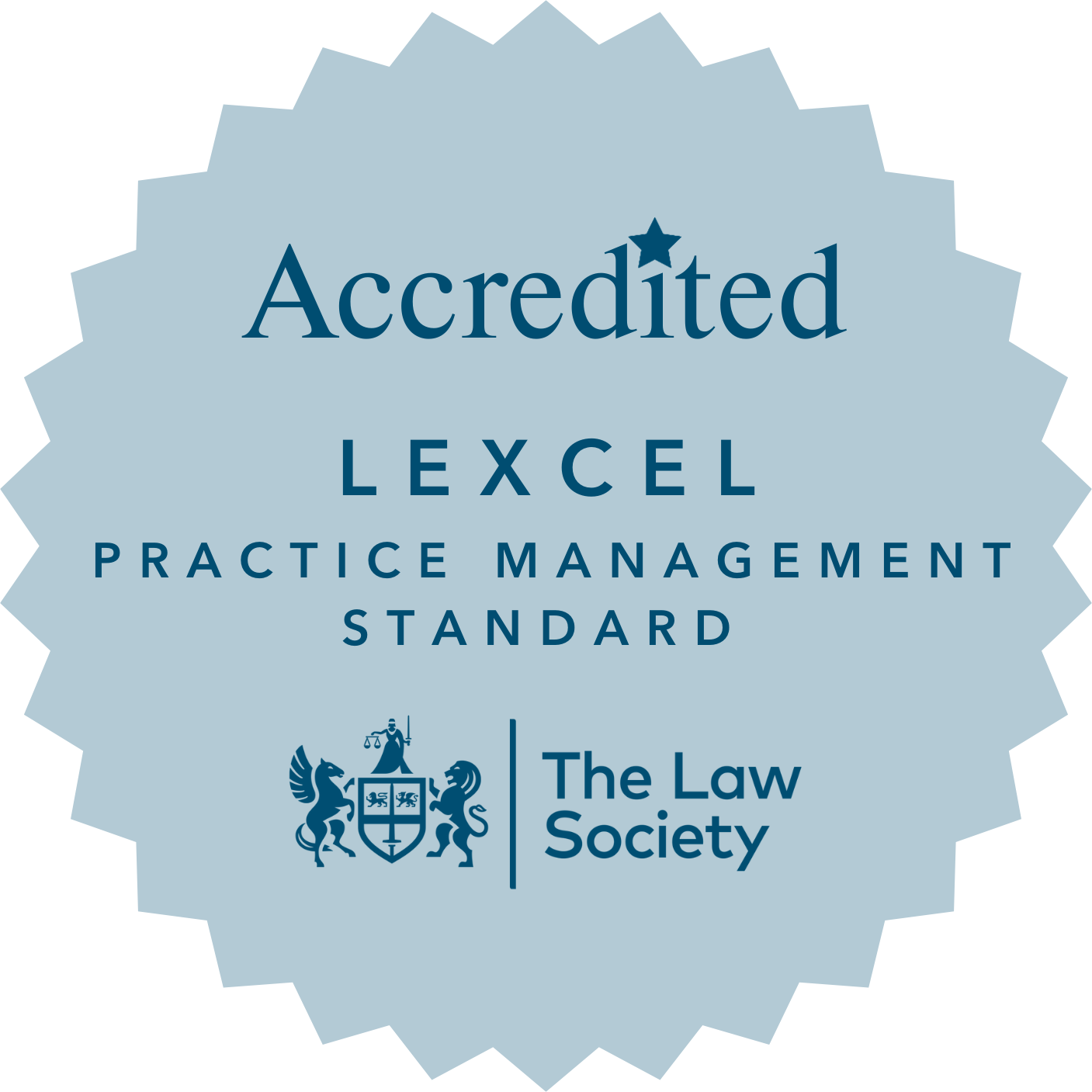Indecent & Prohibited Images
There has been a continued increase in the number of people charged with offences involving indecent and prohibited images. On this page, we explore what constitutes an indecent or prohibited image, available defences and the range of sentences available to the Court.
If you are under investigation for making, possessing, distributing or producing indecent images and you want advice, please contact a member of the team on 0800 542 4245 or email us on info@sillslegal.co.uk.
What is an indecent or prohibited image?
An indecent image of a child is the legal term used to describe sexual images of anyone under the age of 18. This can include images of sexual acts involving children as well as images of naked or partially clothed children and children posing in a sexual manner.
What are the legal elements of the offence?
Is the image indecent?
It is for the Judge or jury to consider the issue of indecency by reference to an objective test, taking into account the age of the child. The circumstances in which the photograph came to be taken, and motive of the taker are not relevant, it is the photographs of the child which must be indecent, not your conduct.
Is the image a photograph or pseudo-photograph?
In deciding whether the image is a photograph, a pseudo- photograph or prohibited image, the relevant question is whether the image, if printed, would look like a photograph or pseudo-photograph. It is interesting to note that some high-quality computer generated indecent images, or AI generated images, can pass as photographs and could be prosecuted on this basis as a pseudo- photograph. The law applies equally, regardless of the method of creation.
Does the image contain a child?
A child is a person under 18 years of age as per section 7(6) of the Protection of Children Act. It may be expert evidence can be sought to assist however, ultimately the age of the child in the image is for the Judge or jury to determine.
What does ‘making’ mean?
The term ‘making can be confusing in relation to an indecent image. ‘To make’ has been widely interpreted by the Courts and includes: -
- Opening an attachment to an email containing an image.
- Downloading an image from a website.
- Storing an image from a website.
- Accessing a pornographic website in which indecent images appeared by way of a ‘pop up’.
- Receiving an image via social media, even if unsolicited.
What does possession mean?
For the prosecution to satisfy someone possessed an illegal image, it must be proved the images are within the custody or control and that person was capable of accessing them and they are aware that they possess the image.
Is the image grossly offensive, disgusting or otherwise of an obscene character?
These terms reflect the ordinary dictionary definition of ‘obscene’.
What defences are available?
If you are facing an allegation of this nature, it is important you are aware of the possible defences, for example: -
- Legitimate reason
- Lack of awareness
- Marriage or other relationships
- Unsolicited photographs
- OFCOM defence
- Deleted images
- User to user services or live streaming
Sentencing guidelines
The sentencing guidelines for offences of this nature can range from a community order to an immediate custodial sentence. This will depend on the charge, the level of images and number of images.
A conviction for these offences can have further implications, such as the requirement to register on the Sex Offenders Register, the imposition of a Sexual Harm Prevention Order or inclusion on the Barred List for various types of employment.
What should be your next steps?
It is important you engage with solicitors who have sound knowledge of offences of this nature, early in the proceedings, to defend the case.
Our team at Sills & Betteridge have extensive experience of offences of this nature. We have access to experts who specialise in working with evidence in cases of this nature and are meticulous in their review of the police investigation.




